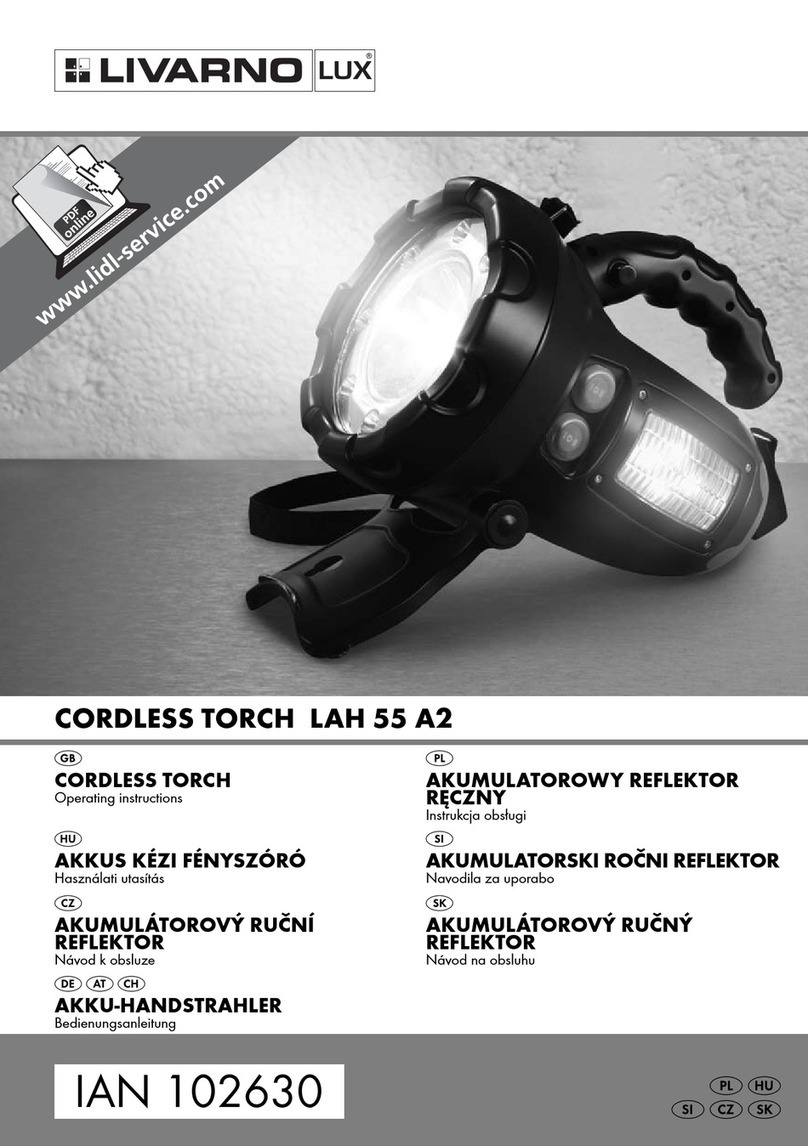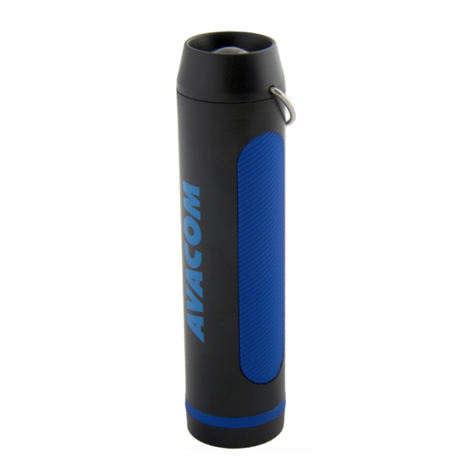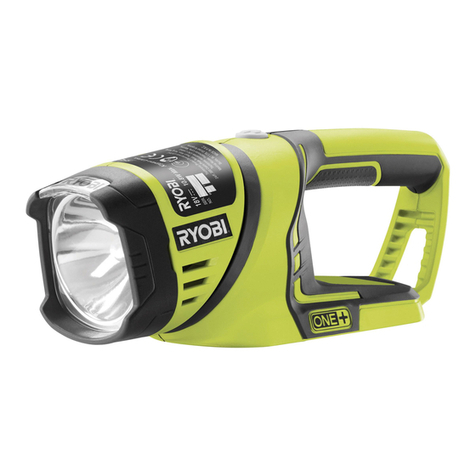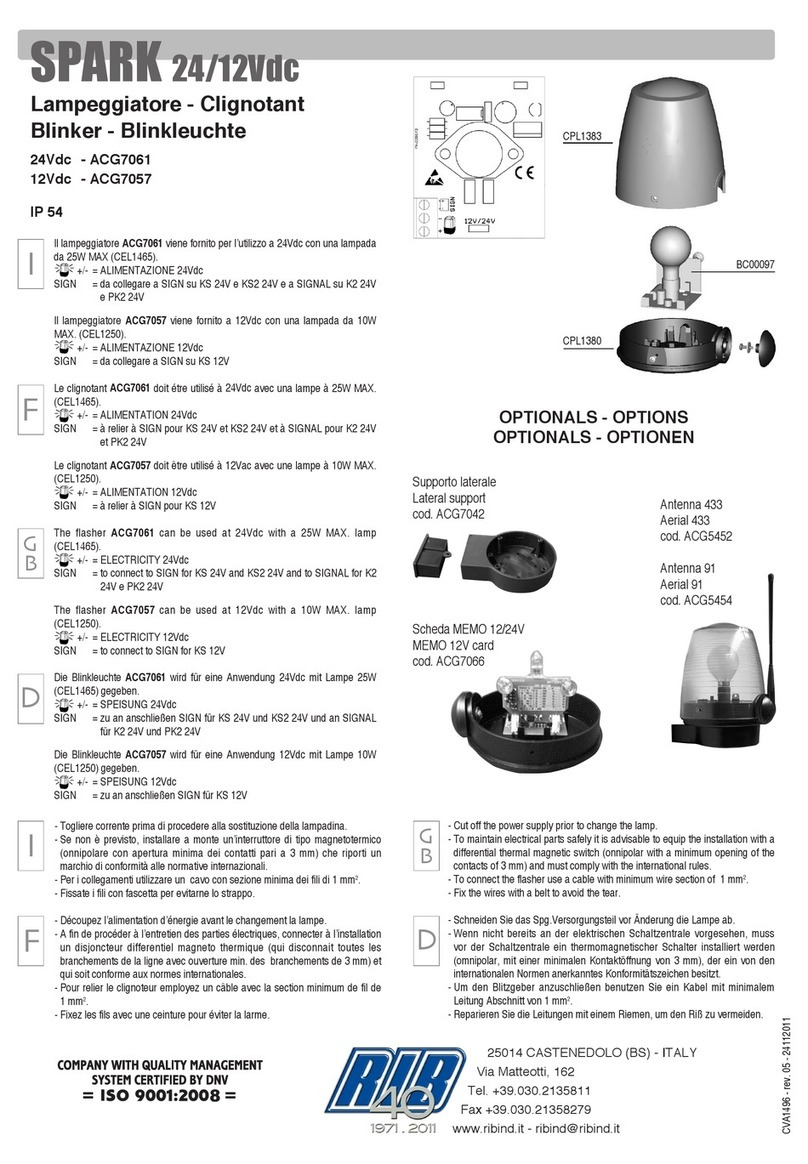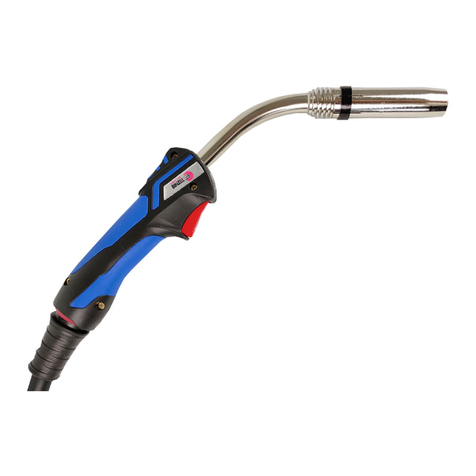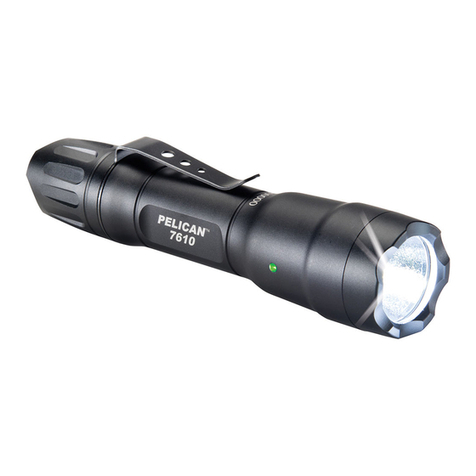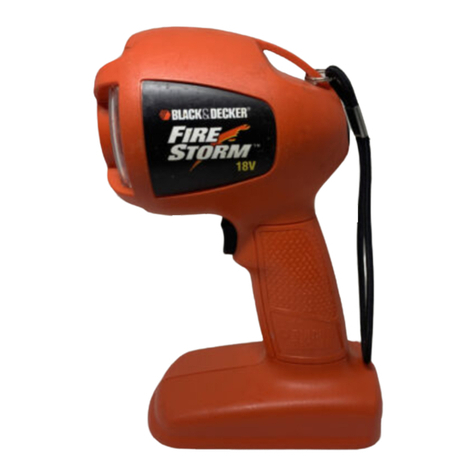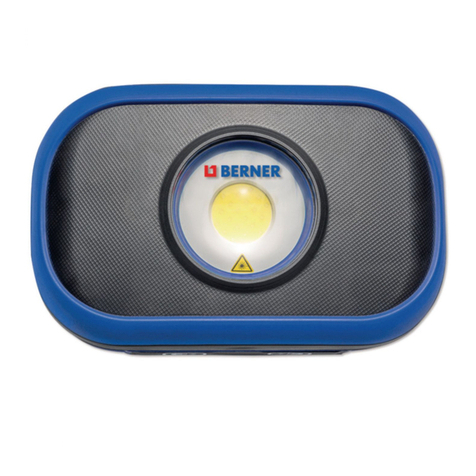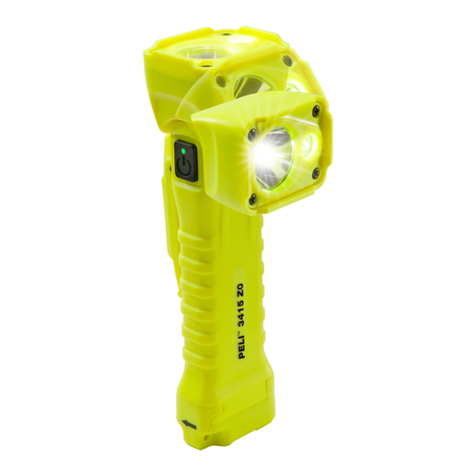Lumapower D mini EX User manual
Other Lumapower Flashlight manuals
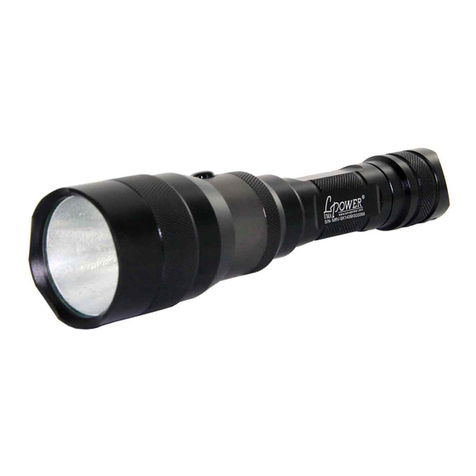
Lumapower
Lumapower MRV-SideKick Ultra 3 PLUS User manual
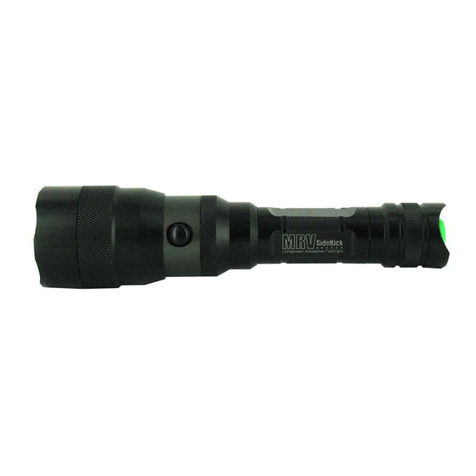
Lumapower
Lumapower MRV-SideKick IV User manual
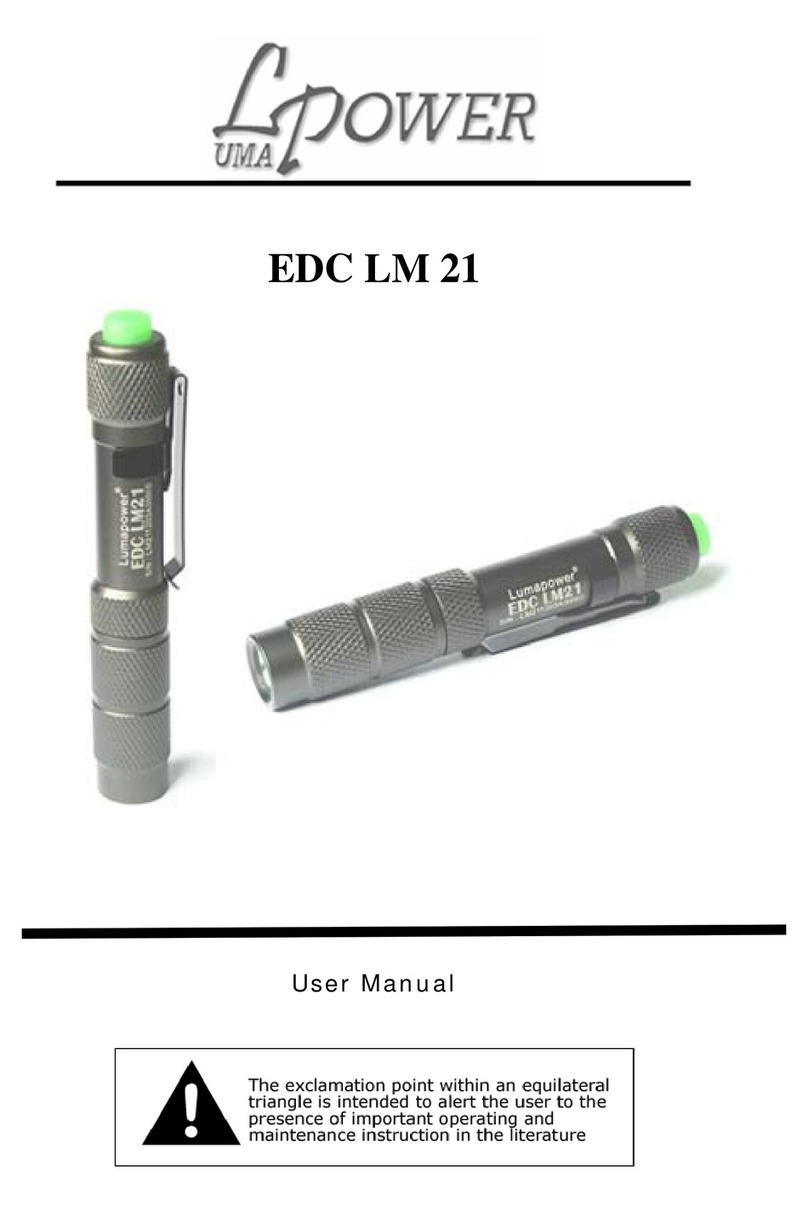
Lumapower
Lumapower EDC LM 21 User manual
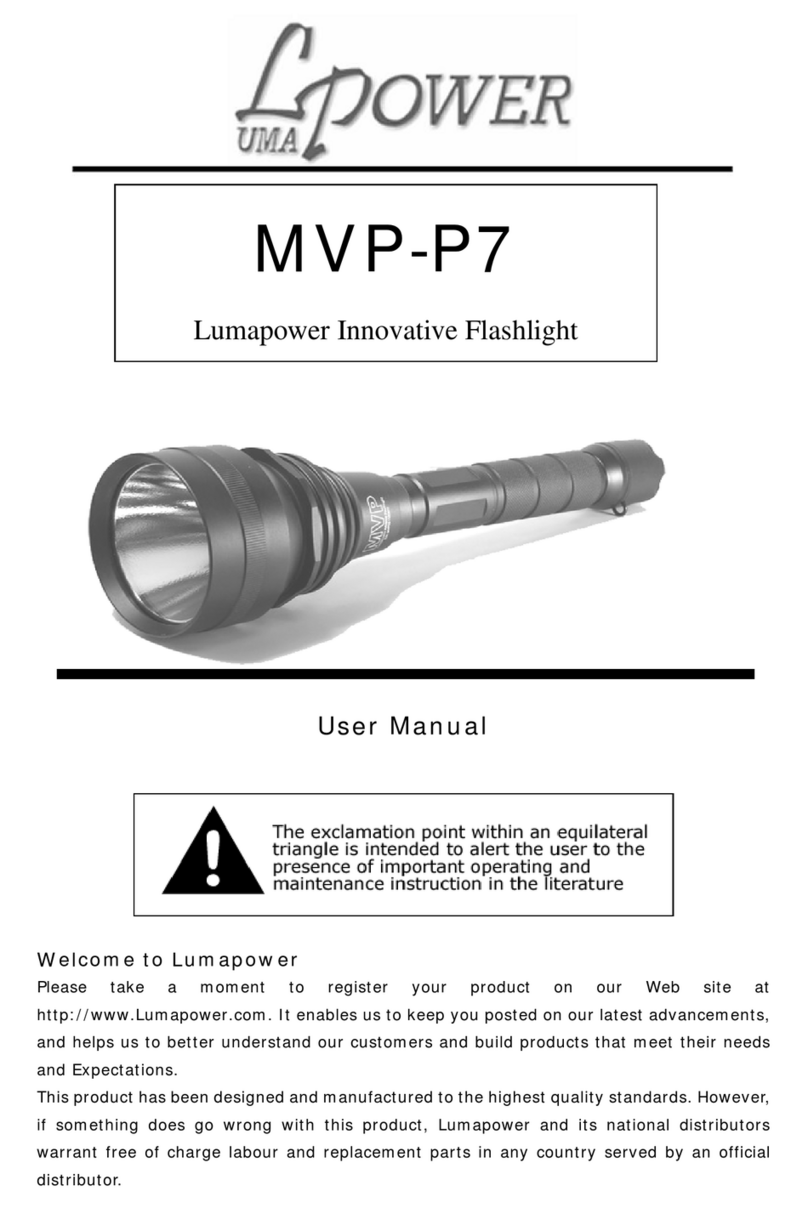
Lumapower
Lumapower MVP-P7 User manual
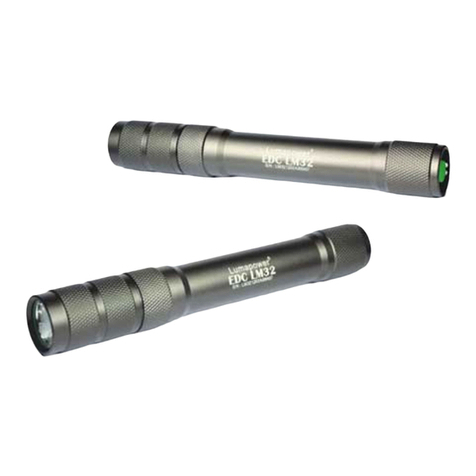
Lumapower
Lumapower EDC LM 32 User manual
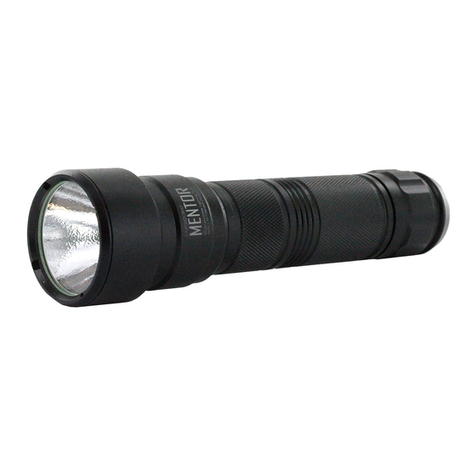
Lumapower
Lumapower Mentor User manual
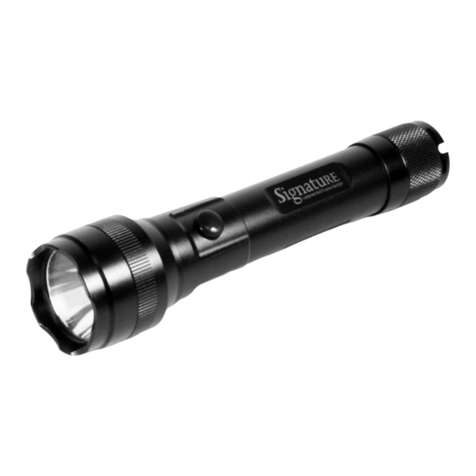
Lumapower
Lumapower Signature Turbo Force User manual
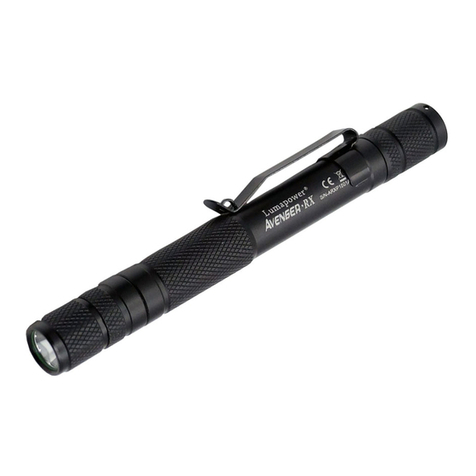
Lumapower
Lumapower Avenger RX Pen-style User manual
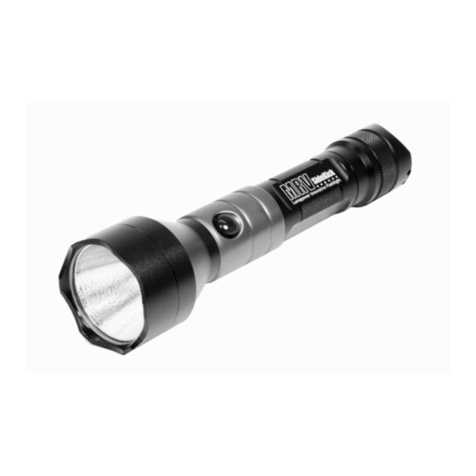
Lumapower
Lumapower MRV-SideKick ultra User manual
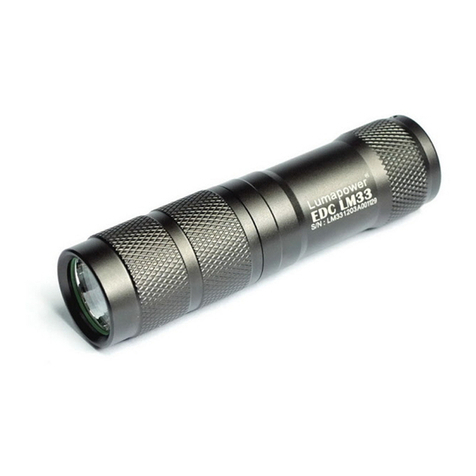
Lumapower
Lumapower EDC LM 33 User manual
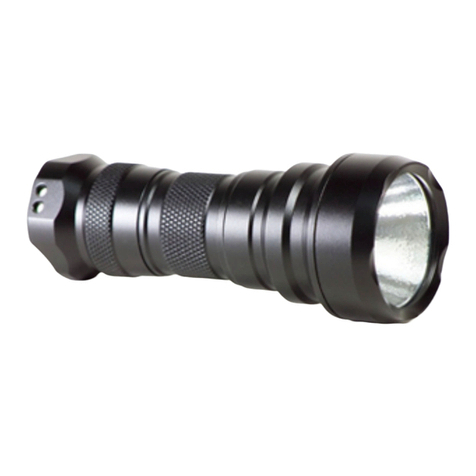
Lumapower
Lumapower D.mini.vx User manual
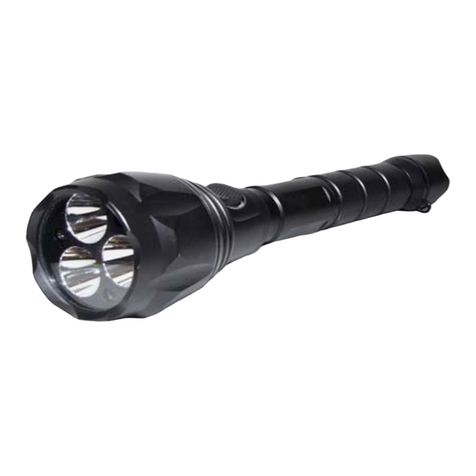
Lumapower
Lumapower MVP User manual
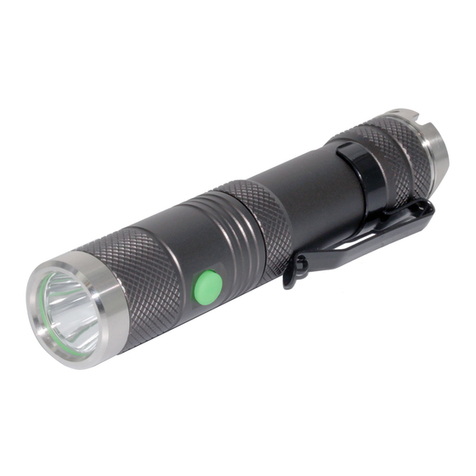
Lumapower
Lumapower Compact Tactical Series User manual
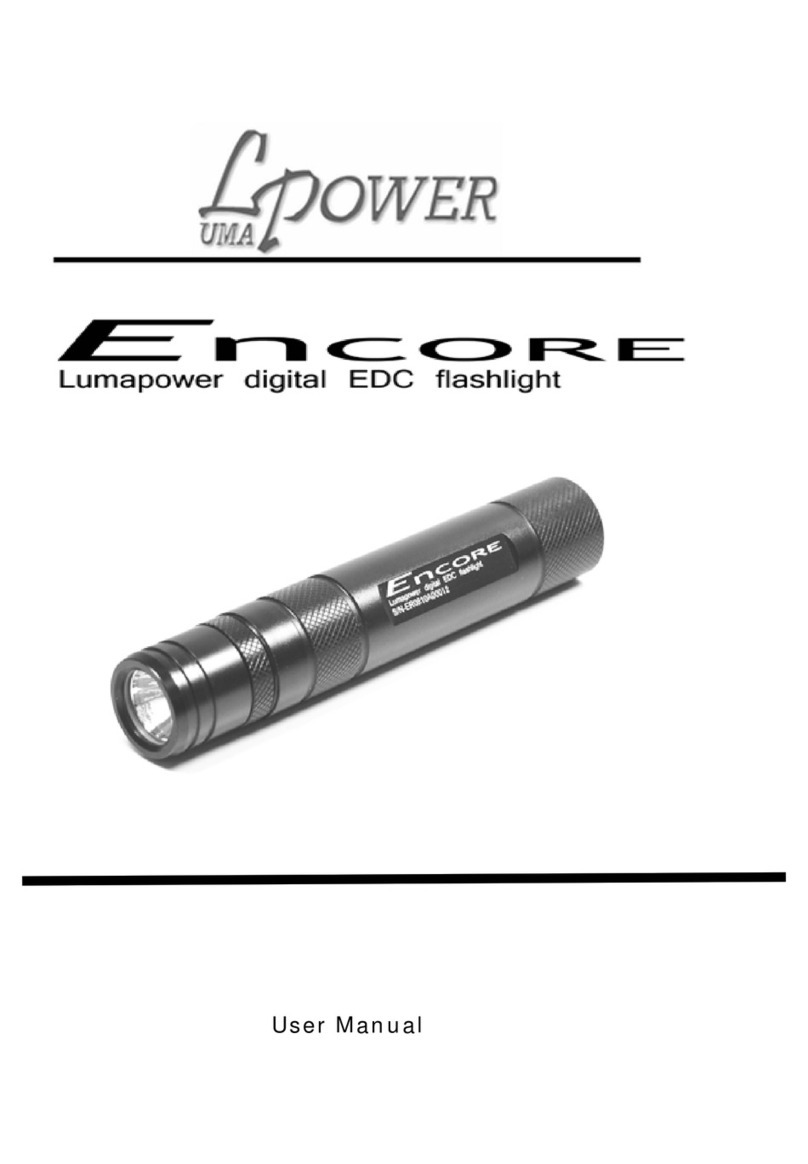
Lumapower
Lumapower EncoRE User manual
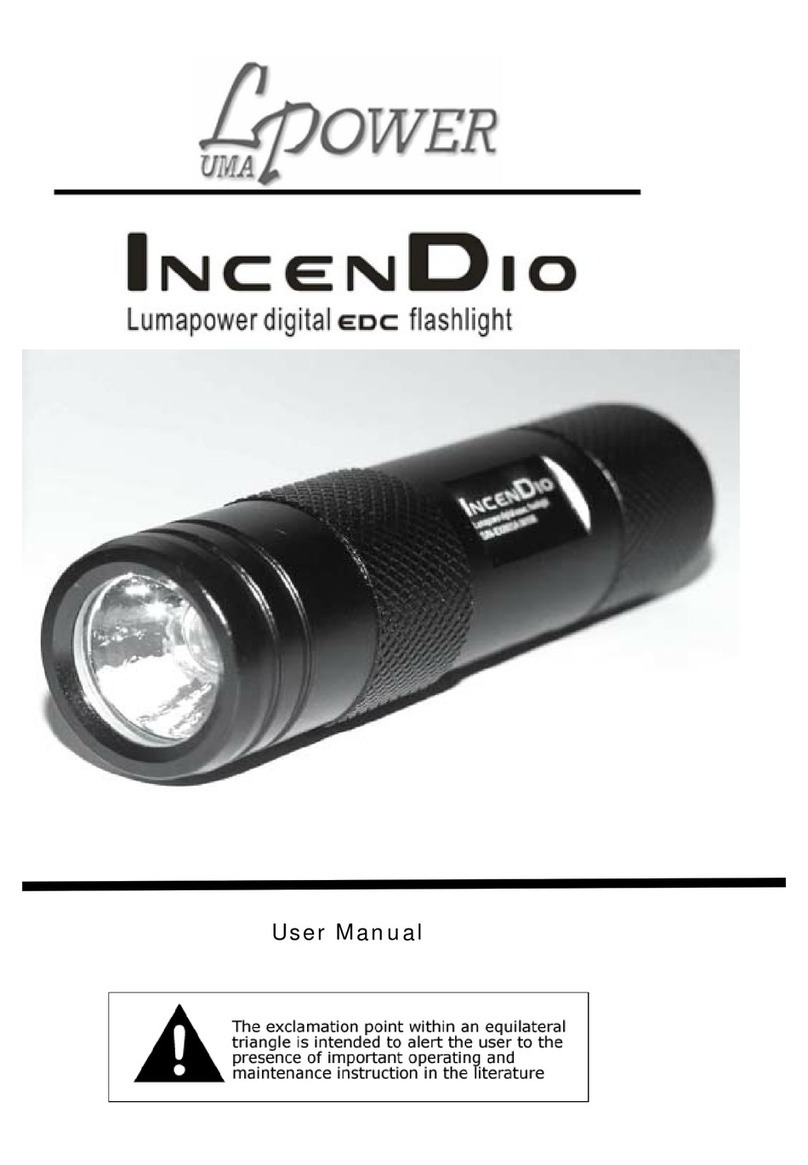
Lumapower
Lumapower IncenDio User manual

Lumapower
Lumapower IncenDio XP-G2 R5 User manual

Lumapower
Lumapower Signature Tactical LX User manual

Lumapower
Lumapower MVP User manual
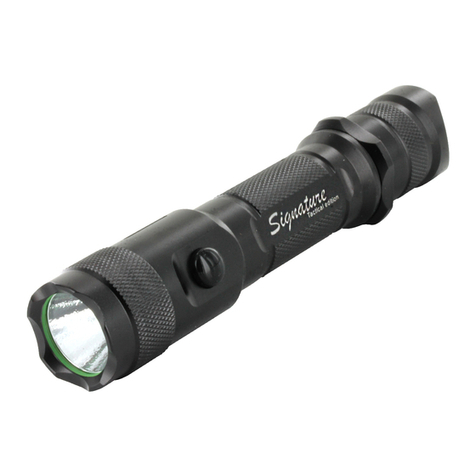
Lumapower
Lumapower Signature Tactical LX User manual

Lumapower
Lumapower MENTOR User manual
Popular Flashlight manuals by other brands
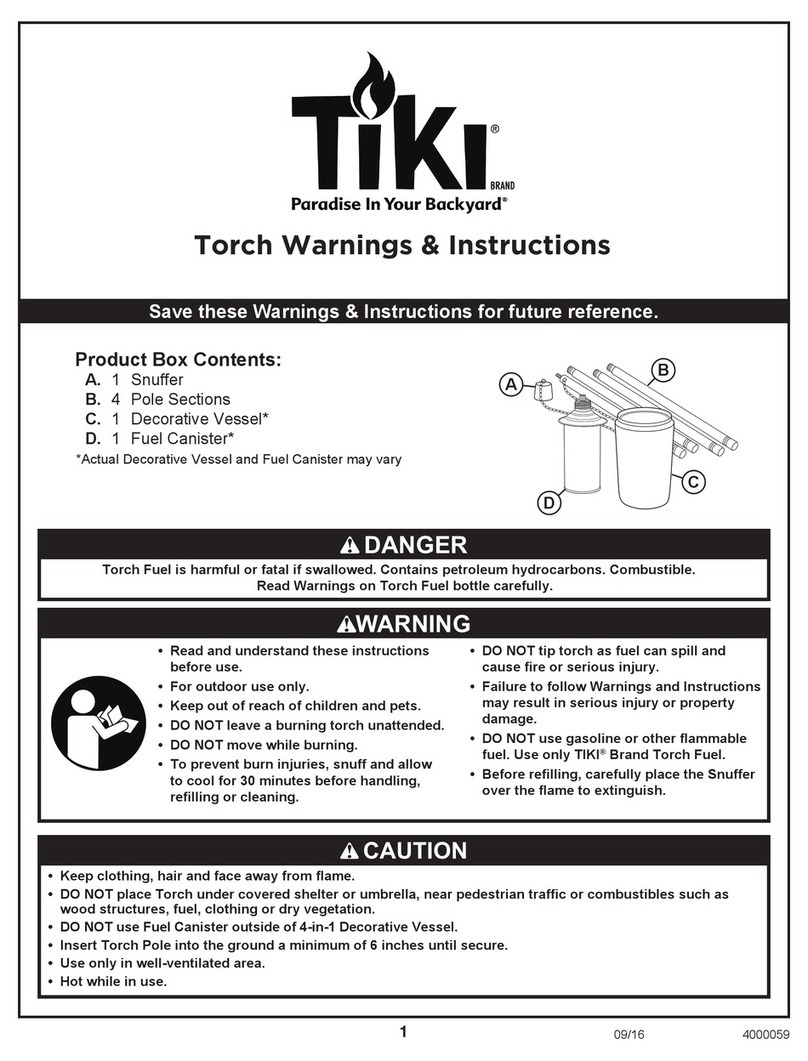
tiki
tiki Cabos Warnings and Instructions

Fervi
Fervi 0338 Operation and maintenance manual

Milwaukee
Milwaukee M18 IL Original instructions
Spectronics
Spectronics Spectroline LeakTracker SPI-LT instruction manual
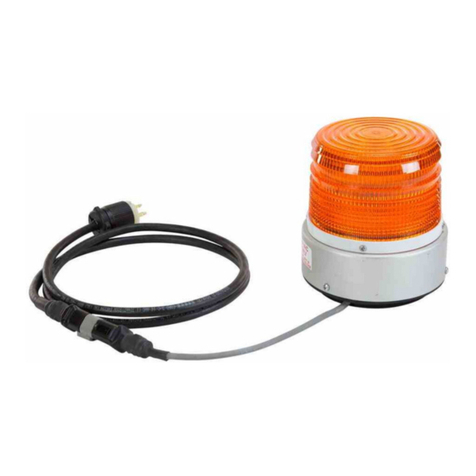
Larson Electronics
Larson Electronics SLEDB-110V-M instruction manual
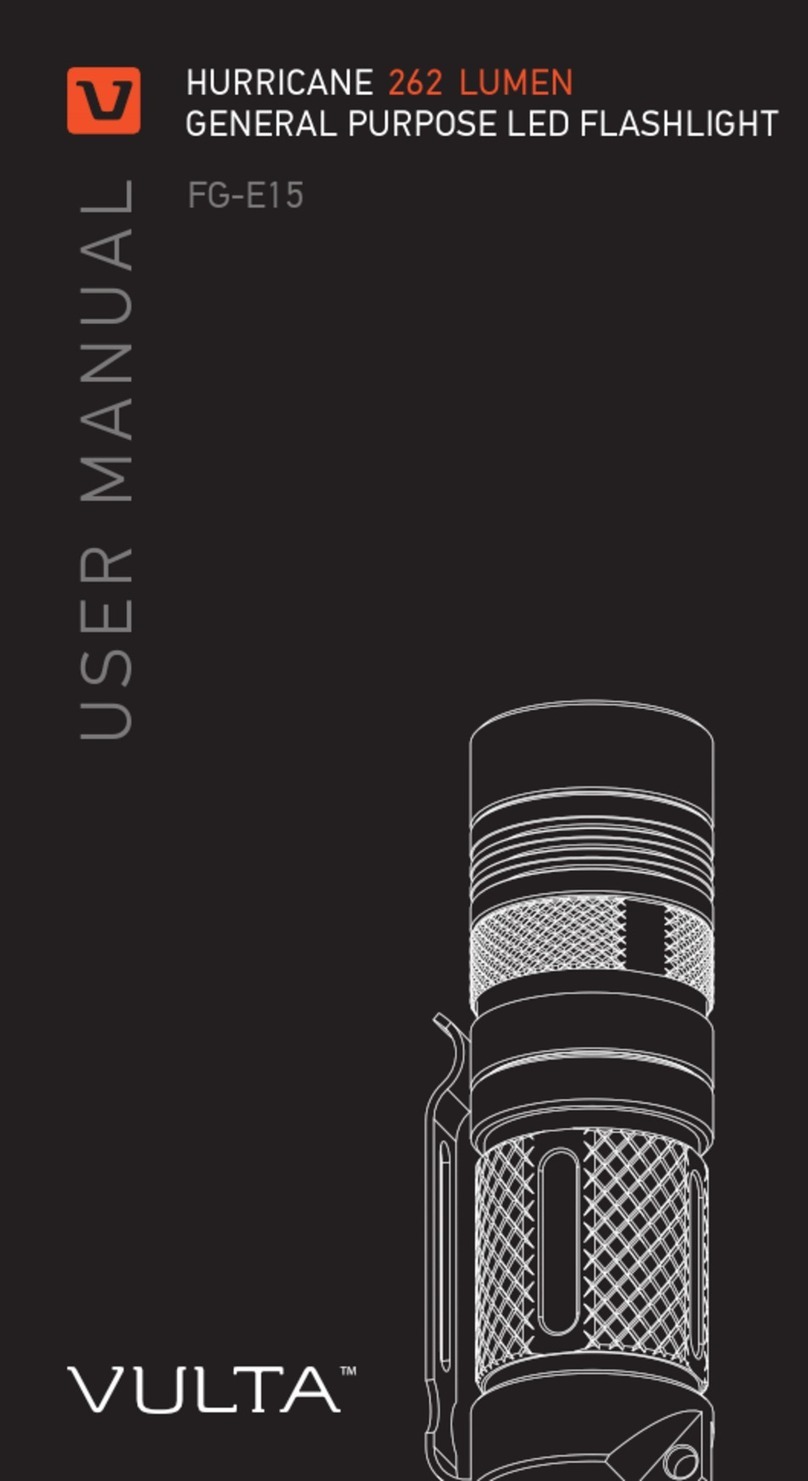
vulta
vulta hurricane 262 lumen fg-e15 user manual
